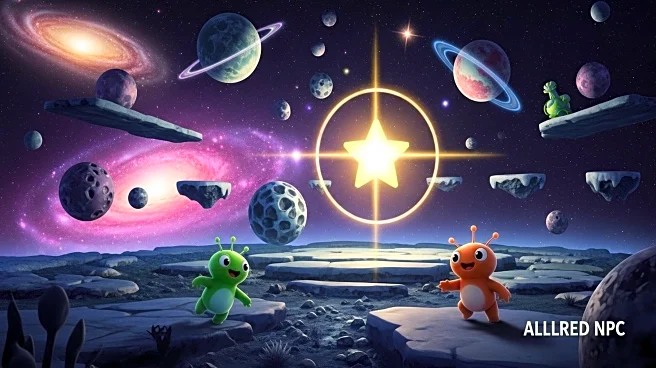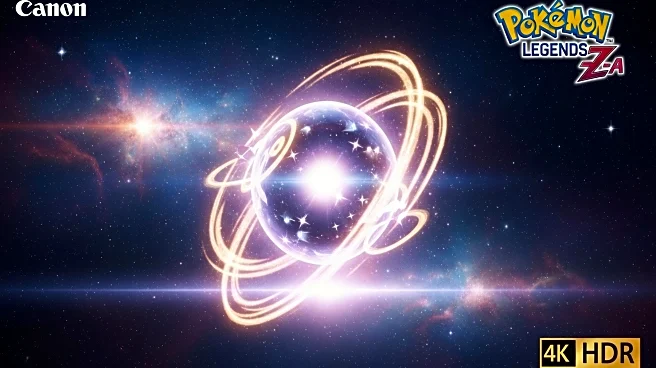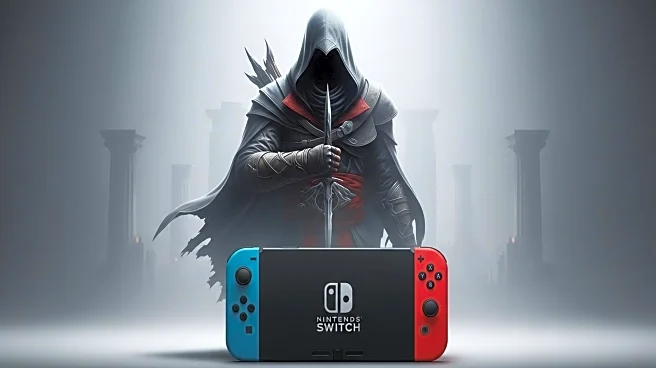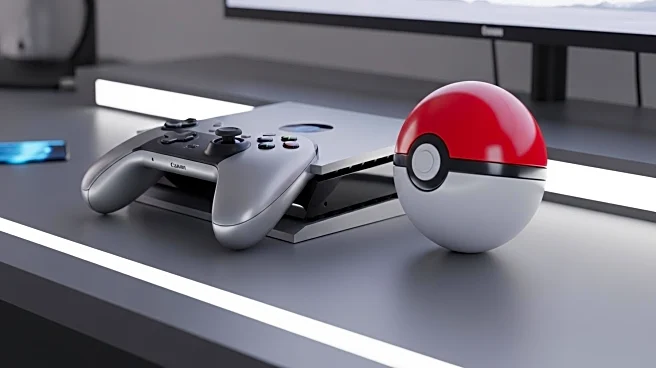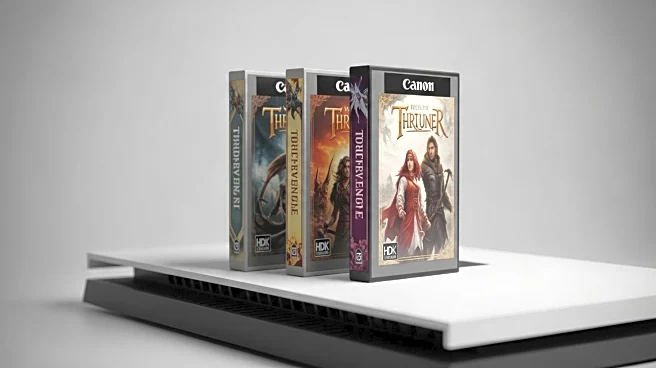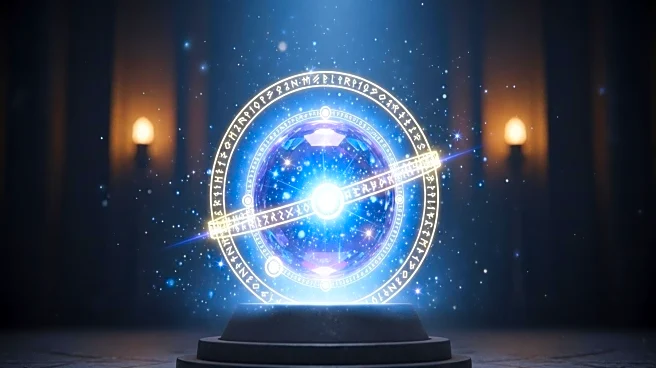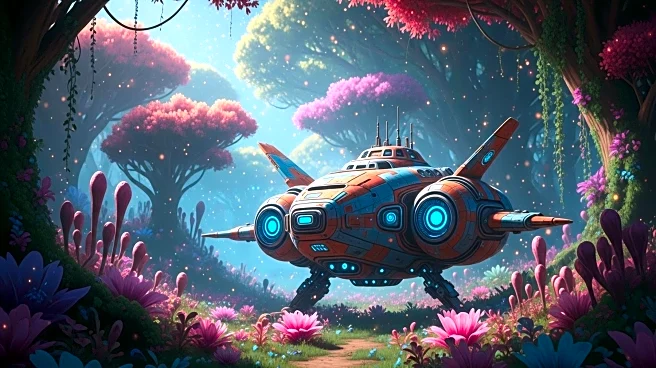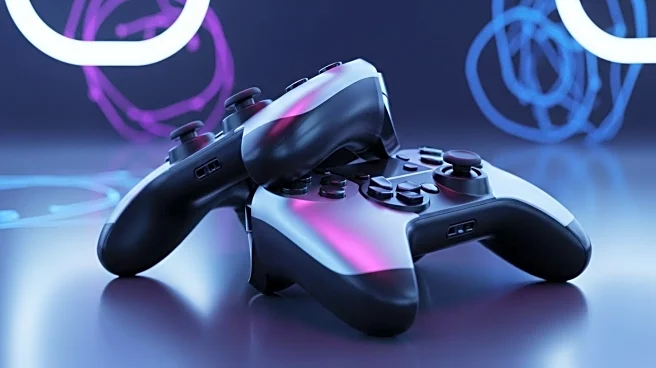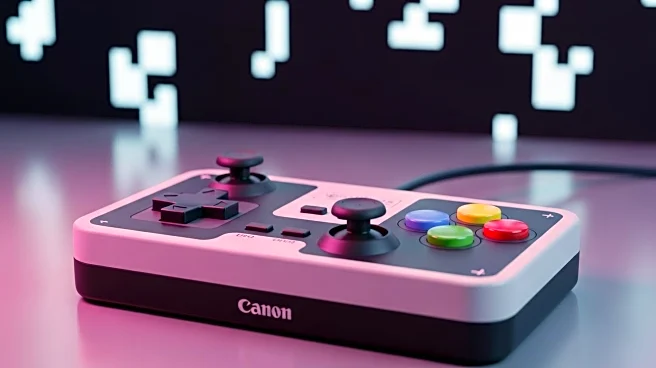What's Happening?
The Nintendo Switch version of Super Mario Galaxy 2 has made a notable change by replacing an NPC from the original Wii version. In the original game, players could interact with a specific Toad on Starship Mario to deposit Starbits, facilitating currency transfer across save files. This Toad has been replaced with another that provides instructions on using amiibo. The change reflects Nintendo's intention to streamline the amiibo usage process, as players now access it through a menu icon rather than NPC interaction. Additionally, the Switch version introduces enhanced visuals, 4K resolution support, a new Assist Mode, Soundtrack Mode, and Rosalina's storybook.
Why It's Important?
This alteration in the Nintendo Switch version of Super Mario Galaxy 2 highlights Nintendo's ongoing efforts to refine user experience and integrate modern gaming features. By simplifying amiibo usage, Nintendo aims to make the functionality more accessible and intuitive for players. The enhancements, including improved graphics and new modes, demonstrate Nintendo's commitment to updating classic games for contemporary audiences, potentially increasing the game's appeal and sales. This move may influence how other game developers approach remastering older titles, focusing on user-friendly interfaces and additional content.
What's Next?
As Nintendo continues to update and re-release classic games, players can expect further enhancements and changes that cater to modern gaming preferences. The company may continue to refine its approach to integrating amiibo and other interactive features, potentially influencing future game designs. Additionally, the success of these updates could encourage Nintendo to revisit other popular titles, offering them with similar improvements and new functionalities. The gaming community will likely monitor these developments closely, anticipating further innovations in game remastering.
Beyond the Headlines
The decision to replace the NPC in Super Mario Galaxy 2 may reflect broader trends in game design, where developers prioritize streamlined interfaces and accessibility. This change could spark discussions about the balance between preserving original game elements and adapting them for new platforms. Furthermore, the integration of features like 4K resolution and new modes may set a precedent for how classic games are updated, potentially influencing industry standards for remastering older titles.
